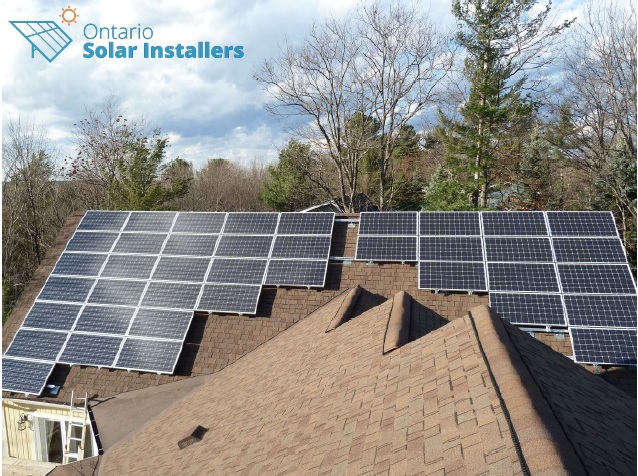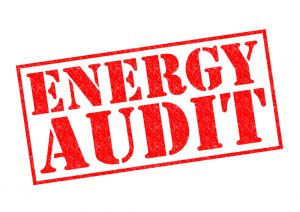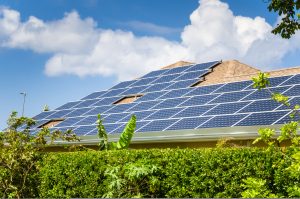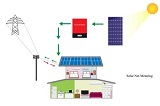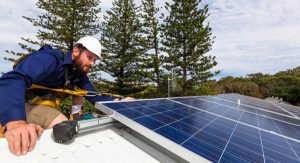For most potential solar customers, the motivations for considering the purchase of a solar array break down into a combination of personal priorities. Many people have environmental aspirations – they want to reduce their carbon footprint. Others like the idea of being more self-reliant. One thing they all share is a desire to save money by generating their power independently.
How much will solar panels cost for an average Ontario customer?
According to the Ontario Energy Board, the average Ontario household consumes about 9,000 kWhs of electricity per year. To offset 100% of their electrical use, an average Ontario homeowner would need to install approximately a 7,500-watt solar array. With the current installed cost of solar generation at between $2.50 and $3.00 per watt, a 7,500-watt solar array will run somewhere between $18,750 and $22,500.
“What kind of payback can I expect on solar?”
Simple payback refers to the equation: system cost ÷ value of energy produced = years to payback. It sounds straightforward enough, but you must consider a few factors. To begin with, electric rates are constantly changing. They will increase over time, so using current rates will probably not give you a realistic payback period. In addition, rates fluctuate throughout the day for many customers, thanks to time-of-day pricing. Most of the power produced by solar will be during mid-peak to peak times, so the value will range between 13.5 and 18 cents. For a quick calculation of the payback of your net metering solar panels system, check out our Solar Net Metering Calculator.
Subsidies reduce payback
The actual payback period for Ontario residents depends on participation in one of several available programs.
Greener Homes Grant provides homeowners an opportunity to install renewable energy generation systems (like solar panels), and receive up to $5,000 in government rebates.
Net metering (limited to systems of 500 kilowatts or less) is a “trade” of electricity you supply versus electricity you consume. When you provide excess electricity to your local distributor, they apply credits toward your energy bill.
Under the microFIT program (discontinued in 2017), homeowners get paid a guaranteed price for all the electricity your project produces for 20 years (40 years in the case of a hydro-electric project).
New technologies mean lower prices
Because solar is becoming increasingly popular, the price of a solar array is coming down all the time. New energy storage technology will be the next significant trend in solar, and that could offer consumers a whole new set of options. In the meantime, thanks to current programs, it is an excellent time to consider solar for your home.


